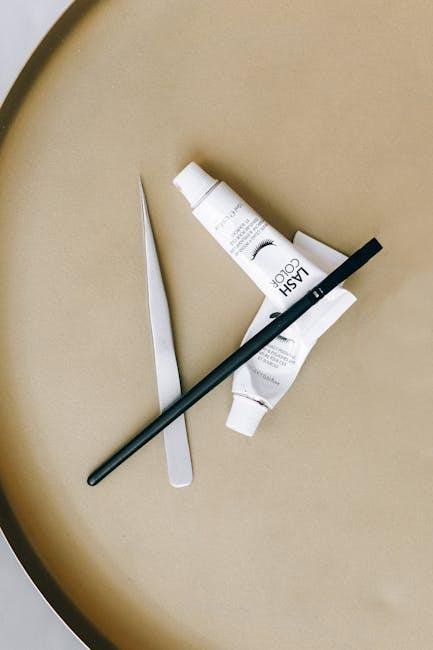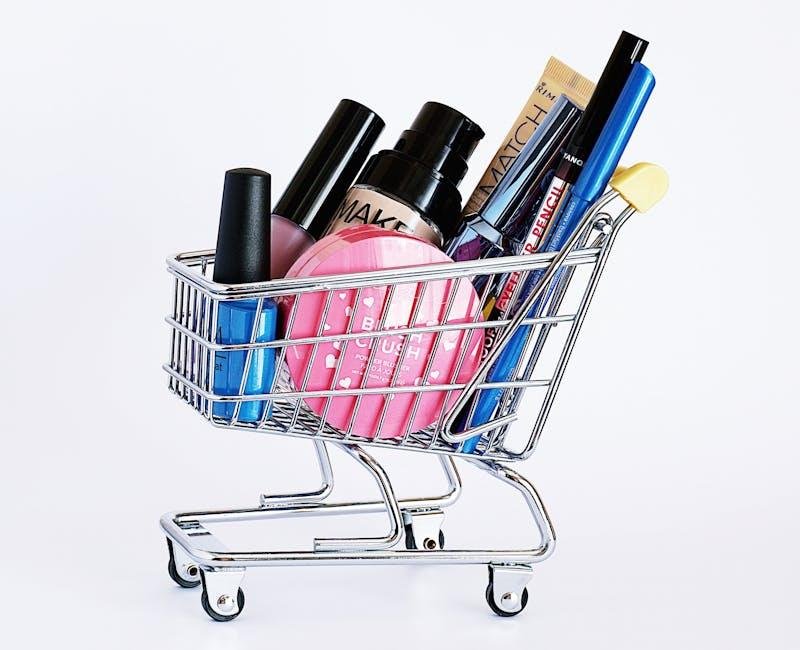In the realm of beauty, where artistry and hygiene intertwine, the tools we use can make all the difference. From the precision of a fluffy eyeshadow brush to the smooth glide of a foundation sponge, makeup tools are essential companions on our journey to self-expression. Yet, as we perfect our techniques and curate our collections, an important question arises: how often shoudl we replace these indispensable tools? In this article, we’ll delve into the lifespan of various makeup applicators, the signs that indicate it’s time for a refresh, and tips for maintaining their performance. Because in the world of makeup, a clean slate can be just as crucial as a brilliant brushstroke.
Understanding the Lifespan of Common Makeup Tools
maintaining the integrity of your makeup tools is essential for both your beauty routine and your skin health. Each type of tool has its own lifecycle, influenced by factors such as frequency of use and proper cleaning. Brushes tend to last anywhere from 1 to 3 years, depending on the quality and material. Higher-end brushes, often made with natural fibers, may withstand wear and tear longer than synthetic alternatives. Sponges, conversely, should be replaced every 3 to 6 months. Sponges frequently enough harbor bacteria, especially when damp, which increases the likelihood of skin issues.
For tools like eyelash curlers and tweezers, a lifespan of 2 to 3 years is typical, as long as they are regularly cleaned and maintained. Pay attention to the wear of silicone pads on curlers; if they loose their elasticity, it’s time for a change. Pencil eyeliners should be replaced every 1 to 2 years, influenced by how often you sharpen them. Regular cleaning, storing them properly, and being aware of any changes in performance can extend the life of your favorite tools substantially. Below is a quick reference for your makeup tools’ replacement schedule:
| Makeup Tool | Recommended Replacement Timeframe |
|---|---|
| brushes | 1 to 3 years |
| Sponges | 3 to 6 months |
| Eyelash Curlers | 2 to 3 years |
| Tweezers | 2 to 3 years |
| pencil Eyeliners | 1 to 2 years |

Signs That Indicate It’s Time for a Replacement
Recognizing when it’s time to part ways with your beloved makeup tools is crucial for maintaining your beauty routine. One of the most telling signs is the presence of visible wear and tear. If your brushes have frayed bristles or your beauty sponges have taken on an unusual shape, it’s likely time for a change. Additionally, foul odors can indicate that your tools are harboring bacteria. if regular cleaning doesn’t eliminate the smell, it’s a clear signal to retire them for hygiene purposes.
Another important factor to consider is performance. If you find that your makeup doesn’t apply as smoothly as it once did or requires extra effort to achieve the desired look, your tools may no longer be effective. Look for signs like skin irritation from inadequate blending or patchy submission, as these are indications that your tools have lost their intended functionality. For a quick reference, consider the following table:
| Tool | Replacement Signs |
|---|---|
| Face Brushes | Frayed bristles, uneven application |
| Eye Brushes | Misshapen bristles, discomfort on the skin |
| Beauty Sponges | Visible cracks, persistent odors |

best Practices for Maintaining Your Makeup Tools
Keeping your makeup tools in top condition is essential for achieving flawless looks and ensuring hygiene. Here are some best practices you can incorporate into your routine:
- Regular cleaning: Clean your brushes and sponges at least once a week to remove buildup and bacteria.
- Proper Storage: Store brushes upright in a holder to maintain their shape and avoid cross-contamination.
- Use a Brush cleaner: Invest in a good brush cleaner for quick cleans between makeup applications.
- Check for Wear and Tear: Inspect your tools regularly and replace them if you notice signs of damage or if bristles are falling out.
Additionally, certain tools require specific care to prolong their lifespan:
| Tool Type | Care tip | Replacement Frequency |
|---|---|---|
| Makeup Brushes | Wash weekly and air dry. | Every 1-2 years. |
| Beauty Sponges | Clean after each use; replace when it starts to break down. | Every 3-6 months. |
| Eyeliners/Pencils | Sharpen regularly to maintain precision. | Every 6-12 months. |
| Foundation Brushes | Wash and reshape bristles after use. | Every 1-2 years. |

Choosing Quality Over Quantity in Beauty Tools
When it comes to beauty tools, the adage ”you get what you pay for” rings especially true. Investing in high-quality makeup brushes,sponges,and applicators can significantly enhance your makeup application process. Unlike their cheaper counterparts, quality tools are designed with superior materials that improve both performance and durability. A well-crafted brush can blend foundation seamlessly, while a soft sponge can create that perfect dewy finish. Consider the long-term benefits, such as the potential cost savings from not frequently replacing lower-quality tools.
Additionally,high-quality tools often come with better ergonomics,making them easier and more comfortable to use,which can lead to better results. To help you make informed decisions, here’s a brief overview of the benefits of choosing quality tools:
| Quality Tool Benefits | Examples |
|---|---|
| Improved Application | Silicone Sponges for even coverage |
| Durability | natural Hair Brushes outlast synthetic ones |
| Less Product Waste | Dense Brushes consume less product |
| better hygiene | Non-porous materials resist bacteria |
Ultimately, your makeup routine should reflect your values and priorities. By prioritizing quality over quantity, you’ll not only achieve better results but also enjoy a more satisfying application experience. Quality tools not only stand the test of time but also contribute to the overall health of your skin and the longevity of your products, making them a wise investment for any beauty enthusiast.
To Wrap It Up
In the ever-evolving world of beauty, the tools we use play a pivotal role in achieving that flawless look. As the saying goes, a craftsman is only as good as their tools, and this holds true for makeup artistry as well. By understanding the lifespan of your brushes,sponges,and applicators,you not only enhance your makeup application but also prioritize hygiene and skin health.
As you reflect on your own collection, remember that replacing makeup tools doesn’t have to feel like a chore.Rather, view it as an possibility to refresh your routine and invest in your self-care.With a little mindfulness and a keen eye, you can ensure that each stroke enhances your beauty rather than detracts from it.
Whether you’re spring cleaning your makeup drawer or just evaluating your essentials,keep in mind that quality and care will always outshine quantity. Here’s to making informed choices and embracing the art of makeup with tools that are as fresh and fabulous as you are!
